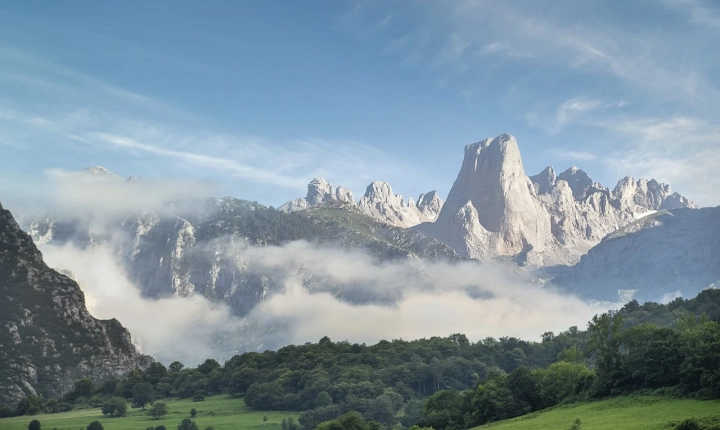Title: How to Create AI Art: A Step-by-Step Guide
Artificial Intelligence (AI) has revolutionized the way we create and interact with art. With the help of AI, artists can now produce stunning and unique works of art that were previously impossible to achieve. From generative art to style transfer, AI has opened up a whole new world of creative possibilities. In this article, we will explore how to create AI art, providing a step-by-step guide for beginners.
Step 1: Choose Your Tool
There are several AI art tools available, each with its own unique features and capabilities. Some popular options include DeepDream, RunwayML, and Artbreeder. Research and experiment with different tools to find the one that best suits your artistic vision and technical skills.
Step 2: Understand the Basics of AI Art
Before diving into creating AI art, it’s important to have a basic understanding of how AI algorithms work. Familiarize yourself with concepts such as style transfer, generative adversarial networks (GANs), and neural style transfer. This foundational knowledge will help you make informed decisions as you start creating your art.
Step 3: Gather Inspirations and References
Just like any other art form, AI art requires inspiration. Look for images, paintings, and photographs that inspire you. These references will serve as a starting point for your AI art creation, whether you’re exploring style transfer or generating entirely new visual concepts.
Step 4: Experiment with Style Transfer
One of the most accessible and popular forms of AI art is style transfer. This technique allows you to apply the artistic style of one image to another, creating visually striking and surreal results. Start by experimenting with style transfer algorithms in your chosen AI art tool, and explore how different styles can transform an image.
Step 5: Explore Generative Art
Generative art leverages AI algorithms to create entirely new images, often based on patterns and structures found in existing datasets. Use your AI art tool to experiment with generative art, manipulating parameters and experimenting with different inputs to generate a wide range of visual outputs.
Step 6: Iterate and Refine
Creating AI art is an iterative process. As you experiment with different techniques and styles, don’t be afraid to iterate and refine your work. Embrace the unpredictability of AI algorithms and let the process guide you to unexpected and exciting outcomes.
Step 7: Embrace Collaboration and Community
AI art communities are flourishing, offering a platform for artists to share their work, collaborate, and learn from one another. Engage with these communities, share your creations, and seek feedback from fellow AI art enthusiasts. Collaboration can be a valuable source of inspiration and learning.
Step 8: Ethical Considerations
As you create AI art, it’s important to consider the ethical implications of using AI algorithms. Be mindful of issues such as copyright infringement, data privacy, and the potential biases present in AI models. Approach AI art creation with care and respect for ethical guidelines.
In conclusion, AI art offers a fascinating and diverse landscape for artistic expression. By following this step-by-step guide, beginners can dive into the world of AI art with confidence and curiosity. Experiment, collaborate, and explore the endless possibilities that AI art has to offer.
